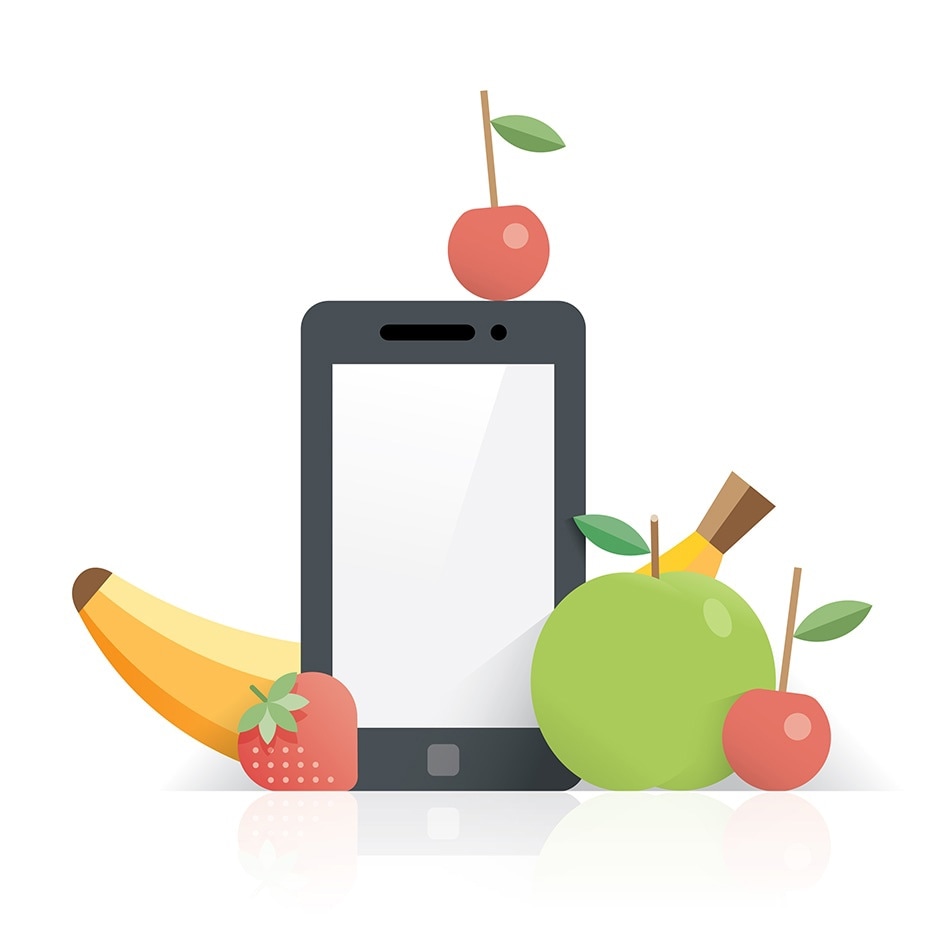
The transportation of food around the world dates back centuries when Europeans would bring tea to China, however, the amount of food transported and the rate at which it travelled is incomparable to that which occurs in today’s active economy1.
The increasing efficiency of the global transport networks has allowed for food from every corner of the globe, where lower labor costs are often a significant advantage; to be transported before it spoils.
While this mass sharing of goods around the world has provided a wealth of different fruits, vegetables, meats and similar items to be shared, this movable feast comes at the cost of increasing pollution rates, as well as a heightened chance of produce deterioration to occur during the travelling process.
While there are multiple transportation standards set in order to ensure the prevention of microbial contamination from occurring in fruits and vegetables, produce often remains extremely susceptible to both physical and chemical damage while in transit2. Produce transportation vehicles are required to remain in good physical condition, devoid of any dripping or standing water, debris, soil or odors before and during transportation takes place. Strict temperature and humidity ranges must be maintained within these vehicles as well, as any type of change in either of these two factors can readily welcome the growth of microbial pathogens2. Despite these precautions, the refrigeration provided by cargo containers does not always guarantee a reliable method in ensuring that fruit will arrive to the retailer’s shelf in an ideal condition.
While their project is still at the trial stage, the Swiss Federal Laboratories for Materials Science and Technology (Empa) has developed a device that not only resembles the size, shape and composition of a real fruit, but is also equipped with sensor technology to closely monitor produce in transit3. In order to develop this device, the research teams at Empa X-rayed real fruits to create an identical model that mimics the shape and texture of fruits such as apples, mangos and bananas. By determining an algorithm to adequately represent the average shape and structure of the fruit, a 3D fruit-shaped sensor mould was created. Within this structure, a mixture of water, polystyrene and carbohydrates is then applied to simulate the exact composition of each fruit’s flesh4.
The close resemblance of the Empa fruit sensor to its actual counterpart allows this device to be a completely safe option to travel alongside fruit for the full duration of its time in transit4. While in transit, each Empa sensor will measure any changes of temperature that are found within the fruit containers. As produce arrives to the retailer, any failure during the transportation process can be retrieved by collecting data from the sensor, which can provide the necessary information describing the exact point at which the alteration in food quality occurred. With this information, produce industries are able to pinpoint the exact location of the fault within the storage or transport process, and therefore prevent this situation from occurring at the cost of the retailer again5.
This device offers potential industrial partners a wide variety of advantages in its implementation. For example, the cost of such a sensor is estimated to begin at less than 50 Swiss Francs, making this device a worthwhile investment4. The ability to retrieve data live from the cargo container in transit is another desirable feature, as rapid countermeasures could be taken in the event of abnormal data. While these sensors are not yet capable of wireless or Bluetooth technology, future partnership with large investment and industrial companies could enhance the innovative technology associated with these devices. As an alternate to the traditional and invasive methods that are capable of measuring the freshness and quality of fruits4, this sensor device provides real time information that has numerous benefits for not only the retailers, but could also be a potential resolution to current food crises occurring around the world.
References
- Rosenthal, Elisabeth. "Environmental Cost of Shipping Groceries Around the World." The New York Times. The New York Times, 25 Apr. 2008. Web. http://www.nytimes.com/2008/04/26/business/worldbusiness/26food.html.
- "Prevention of Post-harvest Food Losses Fruits, Vegetables and Root Crops a Training Manual - Transport-cont.-Post-harvest Treatments-Storage-Preservation Methods for Fruit, Vegetables and Root Crops." Food and Agriculture Organization of the United Nations. Agriculture and Consumer Protection, Web. http://www.fao.org/docrep/t0073e/T0073E05.htm.
- "Fruit-shaped Sensor 'can Improve Freshness'." BBC News. BBC, 23 Mar. 2017. Web. http://www.bbc.com/news/technology-39364974.
- Zogg, Cornelia. "Travels with Apples." Empa. 22 Mar. 2017. Web. https://www.empa.ch/web/s604/fruit-sensor.
- Fingas, Jon. "Sensor-laden Fake Fruit Ensures You Get Fresh Produce." Engadget. 22 Mar. 2017. Web. https://www.engadget.com/2017/03/23/sensor-laden-fake-fruit/.
- Image Credit: Shutterstock.com/Anikei
Disclaimer: The views expressed here are those of the author expressed in their private capacity and do not necessarily represent the views of AZoM.com Limited T/A AZoNetwork the owner and operator of this website. This disclaimer forms part of the Terms and conditions of use of this website.